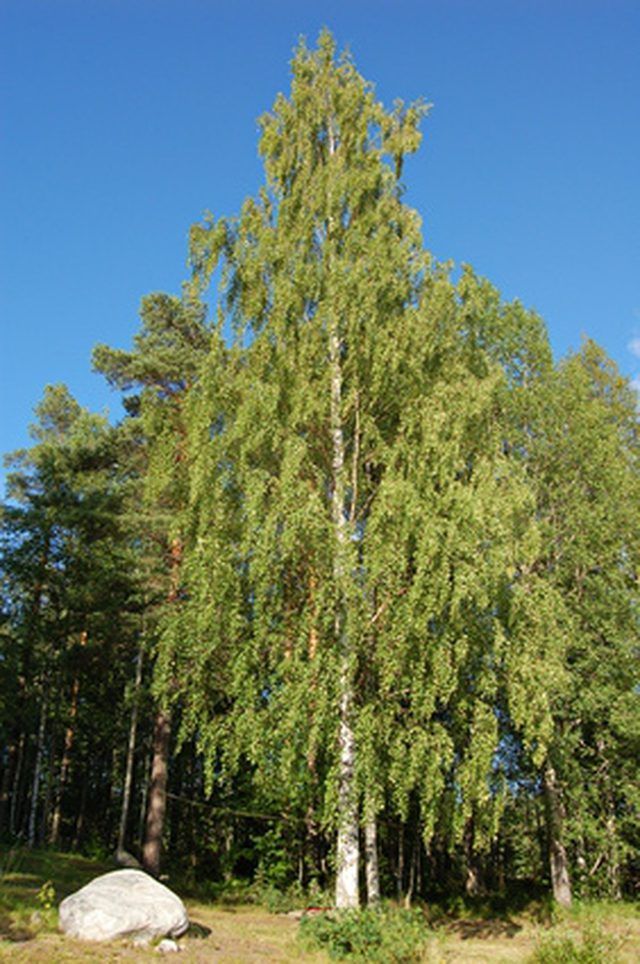Bulbs
Flower Basics
Flower Beds & Specialty Gardens
Flower Garden
Garden Furniture
Garden Gnomes
Garden Seeds
Garden Sheds
Garden Statues
Garden Tools & Supplies
Gardening Basics
Green & Organic
Groundcovers & Vines
Growing Annuals
Growing Basil
Growing Beans
Growing Berries
Growing Blueberries
Growing Cactus
Growing Corn
Growing Cotton
Growing Edibles
Growing Flowers
Growing Garlic
Growing Grapes
Growing Grass
Growing Herbs
Growing Jasmine
Growing Mint
Growing Mushrooms
Orchids
Growing Peanuts
Growing Perennials
Growing Plants
Growing Rosemary
Growing Roses
Growing Strawberries
Growing Sunflowers
Growing Thyme
Growing Tomatoes
Growing Tulips
Growing Vegetables
Herb Basics
Herb Garden
Indoor Growing
Landscaping Basics
Landscaping Patios
Landscaping Plants
Landscaping Shrubs
Landscaping Trees
Landscaping Walks & Pathways
Lawn Basics
Lawn Maintenance
Lawn Mowers
Lawn Ornaments
Lawn Planting
Lawn Tools
Outdoor Growing
Overall Landscape Planning
Pests, Weeds & Problems
Plant Basics
Rock Garden
Rose Garden
Shrubs
Soil
Specialty Gardens
Trees
Vegetable Garden
Yard Maintenance
American Beech Tree Facts
American Beech Tree Facts. The scientific name for the American beech tree is Fagus grandifolia, according to Blueplantbiomes.org. The American beech tree grows in the southern and eastern regions of the United States. Massachusetts and Maine have particularly high concentrations of the American beech tree. This tree grows in USDA Hardiness Zones 4...

The scientific name for the American beech tree is Fagus grandifolia, according to Blueplantbiomes.org. The American beech tree grows in the southern and eastern regions of the United States. Massachusetts and Maine have particularly high concentrations of the American beech tree. This tree grows in USDA Hardiness Zones 4 through 9, according to the Arborday Foundation. American beech trees grow best in deep, rich, moist and well-drained soils. American beech trees do not do well in urban areas because of the high concentrations of carbon monoxide.
Size
American beech trees grow to heights between 90 and 100 feet, according to Blueplantbiomes.org. Spreads of American beech trees range from 50 to 70 feet wide.
Characteristics
American beech trees have smooth pale gray bark, according to Blueplantbiomes.org. Leaves of this tree are bright green and are approximately 3 inches in length. Leaves start wide and eventually terminate at the point of the leaf. American beech trees have extremely shallow root systems. Leaves of these trees emerge in late spring. Nuts from the American beech tree range from one-half an inch to 1 inch in length.
Benefits
Lumber from the American beech tree is used for furniture and paper, according to Blueplantbiomes.org. Wood from the American beech tree is strong, heavy and resistant to splintering. Animals that feed on nuts from this tree include opossums, black bears, white-tailed deer, rabbits, ruffed grouse, red squirrels, gray squirrels, flying foxes and porcupines. Nuts from this tree can be harvested or sold for food. These nuts are extremely nutritional because of their high oil content.
Chickadees use the branches of the American beech trees for nesting and many animals use hollowed-out trunks for homes. American beech wood is commonly used for firewood because of its high density. Tar from the American beech tree, creosote, is used to protect other types of wood from rotting. Leaves and bark from this tree are used to make fabric dyes.
Age
American beech trees live to be between 300 and 400 years old, according to the University of Florida.
Quick Facts
American colonists used leaves from the American beech tree for mattress stuffing, according to the University of Florida. The American beech tree is the only member of the Fagus genus that grows in North America.